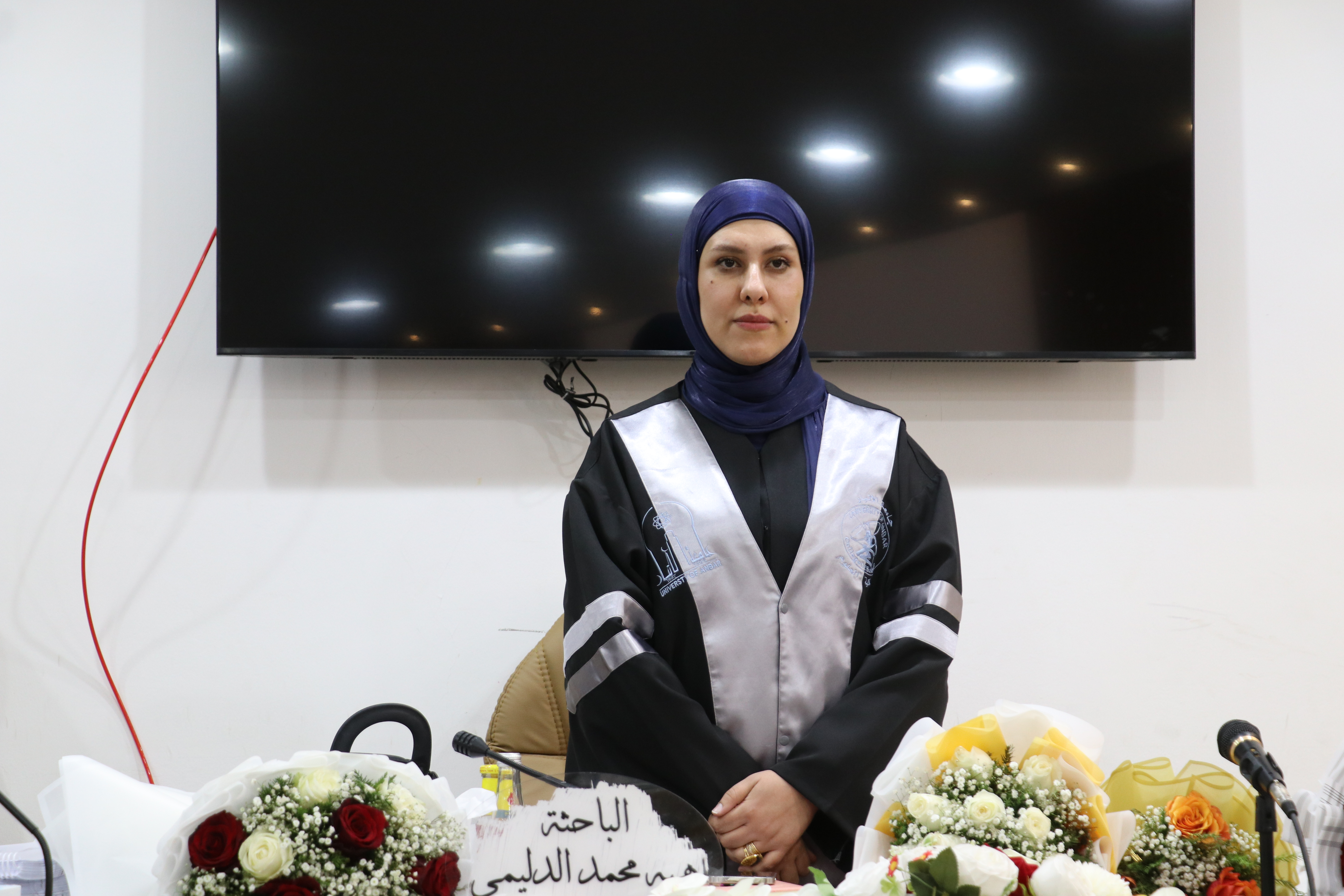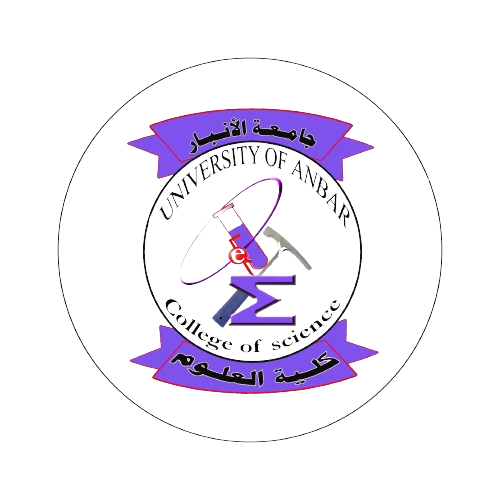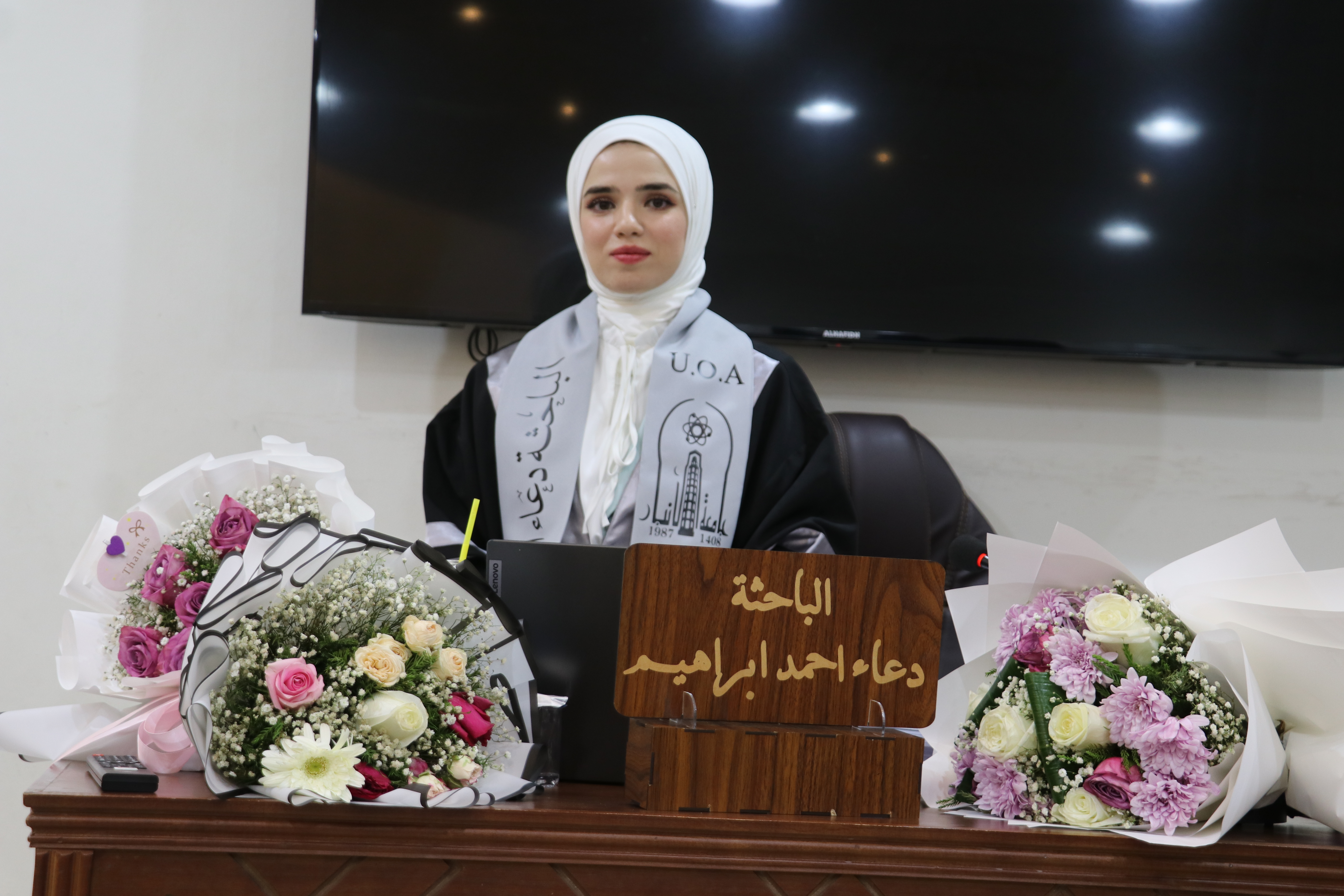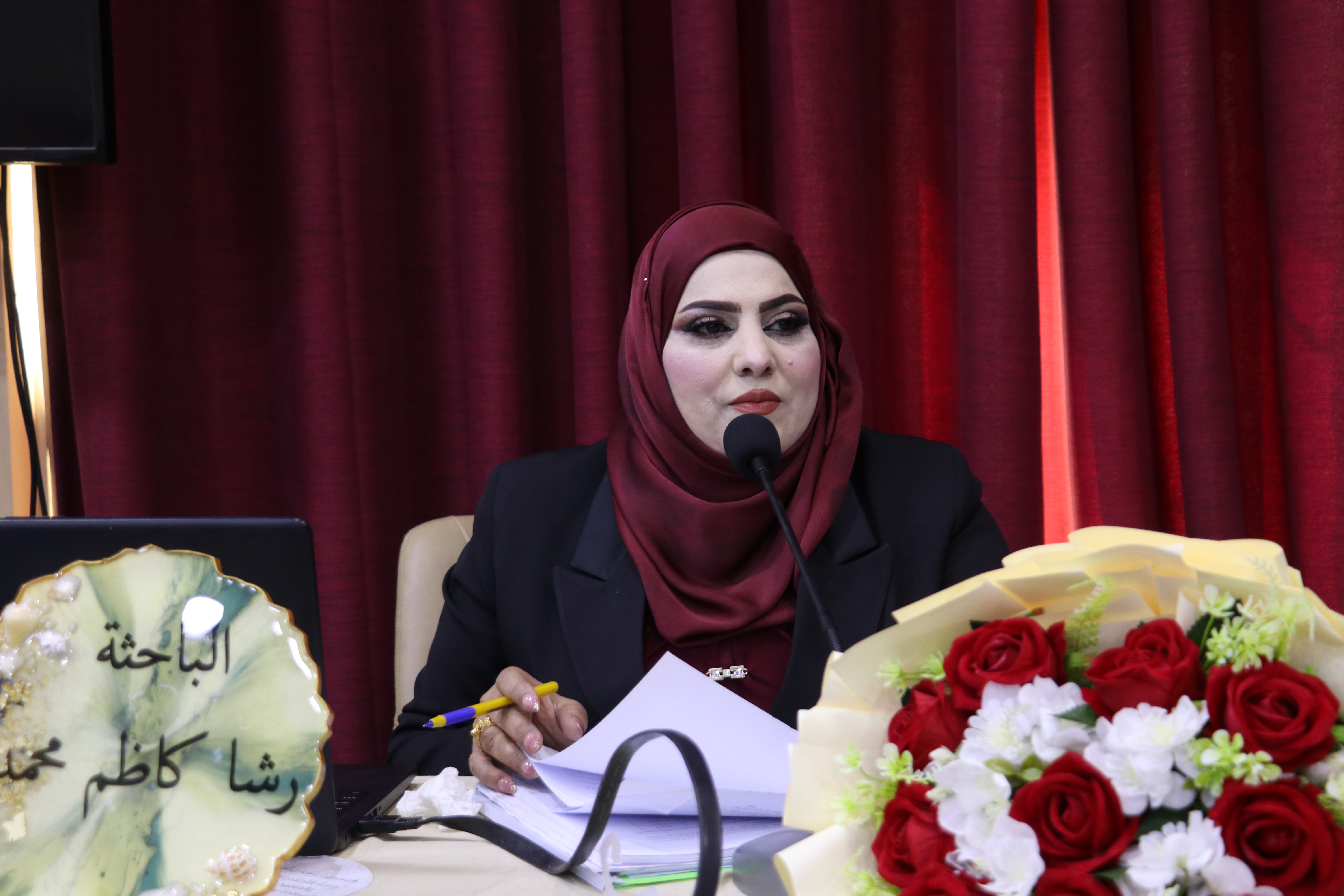
Discussion of the master's thesis of the student " Heba Mohammed Farih "
The public discussion took place for the master’s student (Heba Mohammed Farih) Department of Chemistry- College of Science - University of Anbar on Tuesday,
9, September, 2025, in Jabir bin Hayyan Hall. for his tagged thesis
" Synthesis, characterization of new salan compounds and other metal complexes and evaluate of their biological activity "
The discussion committee consisted of:
|
University of Baghdad - College of Science for Women - President |
Prof. Dr. Abbas Ali Saleh |
|
University of Anbar - College of Sciences - Member |
Prof. Dr. Omar Hamad Shihab |
|
University of Anbar - College of Sciences - Member |
Assist. Prof. Dr. Ali Karim Aliwi |
|
University of Anbar - College of Sciences - member and supervisor |
Assist. Prof. Dr. Sattar Salem Ibrahim |
|
University of Anbar - College of Sciences - member and supervisor |
Assist. Prof. Dr. Mohammed Adnan Abd |
focuses on two main organic compounds (ligands):
Salan ligand (L1): This ligand was prepared from the salan family, which is a reduced derivative of salan compounds and is characterized by its superior aqueous stability. It was prepared using the Mannich condensation method.
Tetrahydroquinoline ligand (L2): Tetrahydroquinoline (THQ) is an important nitrogenous cyclic compound that is used in the synthesis of many compounds with active biological properties. This ligand was prepared using the Michael and Knoevenagel reactions.
The main results were positive, as follows:
Antioxidant activity: The results showed that the salan ligand (L1) and its metal complexes have high efficacy in combating free radicals. Remarkably, the zinc complex (ZnL1) exhibited the highest antioxidant activity among all tested compounds, indicating that the binding of the ligand to zinc significantly enhanced its ability to scavenge free radicals.
Anticancer activity: The anticancer activity was evaluated on MCF-7 breast cancer cells. The results confirmed that the standard drug cisplatin had the highest efficacy. Among the prepared compounds, the organic ligand (L1) exhibited better efficacy than all of its metal complexes.
Antibacterial and antifungal activity: The antibacterial and antifungal activity was tested using the disk diffusion method. Some metal complexes of the tetrahydroquinoline ligand (L2) exhibited inhibitory activity against bacterial strains such as E. coli and Staphylococcus aureus.


